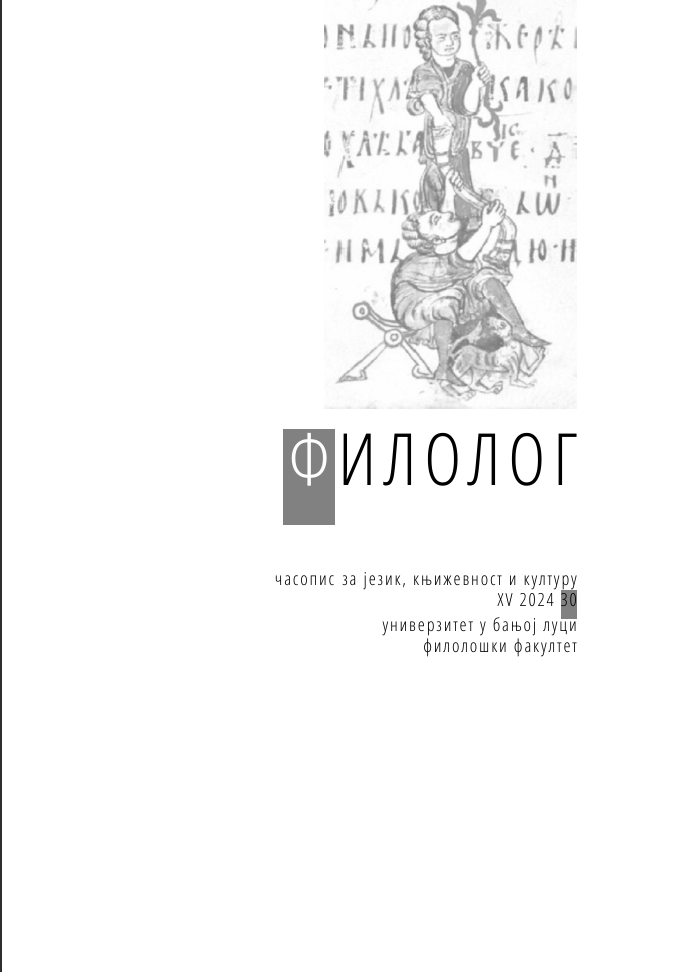Historical and Cultural Memory Preserved in Idioms by the Georgians and Georgian Muhajirs
DOI:
https://doi.org/10.21618/fil2430272gKeywords:
Historical and cultural memory, idioms, comparative analysis, semantics, modification, MuhajirsAbstract
Idioms reflect people's viewpoints, values, and worldviews, illuminating their lifestyles, traditions, beliefs, and shifts within historical and cultural contexts. Preserving historical and cultural memory is essential for activating the implicit meanings found within a language's collection of idiomatic expressions. Beyond their literal meanings, these idioms also convey knowledge through the meanings of their components. The key to understanding this is the lexical part of an idiom, which encapsulates the cultural memory tied to national heritage and significant historical events. This component, rich with implicit knowledge, becomes apparent when a society actively preserves its ethnocultural memory through various expressions, including idioms and proverbs. This paper aims to analyse idioms that preserve cultural memory and serve as quasi-symbols of national culture. It seeks to identify the semantic, lexical, and structural changes these idioms have undergone. The study specifically examines the idiomatic expressions of the Georgian Muhajirs, an ethnic group of Georgians who have lived in Turkey for centuries, focusing on their lexical and semantic similarities and differences. The research findings confirm that some of these expressions have been modified lexically, although not all have changed semantically. Many expressions remain similar to those in modern Georgian. While their structure and components are identical, their semantic and stylistic nuances differ. The study's goals and objectives shape the methodological foundation of this linguacultural research, which is grounded in a comparative analysis of idioms and a component analysis at both the semantic and lexical levels.
References
Akhmeteli, A. & Lortkifanidze, B. (2001) The World of Georgian Myths. Tbilisi, Logos Press.
Chelebi, F. (2018) Peculiarities of Speech of Georgians Living in Duzce Region (Republic of Turkey). (Doctoral dissertation, Georgian University of St. Andria Pirveltsodebuli). Available at: https://www.scribd.com/document/468014375/fevzi-chelebi-tez-pdf# [Accessed 14 March 2024].
Chokharadze, M. (2016) Geography of the Georgian Language in Turkey: Book 1. Region of the Marmara Sea. Batumi, BSU.
Omiadze, S. (2006) Structure, Semantics and Functioning of Lingua-Cultural Components of Georgian Discourse. Tbilisi, Arn, Chikobava Institute of Linguistics.
Oniani, A. (1966) Georgian Idioms (in Georgian). Tbilisi, Nakaduli.
Paghava, M. et al. (2020) Tao (in Georgian). Batumi, Meridiani.
Paghava, M. (2021) Tao Scripts (in Georgian). Tbilisi, Meridiani.
Sakhokia, T. (1979) Georgian Figurative Expressions (in Georgian). Tbilisi, Sakhelgami
Skorobogatova, T. (2013). Phraseology and historical memory: interiorization of new knowledge in linguistics based on the French language. Dissertation thesis in Russian. Maykop.
Tsetskhladze, N. (2018) Aspects of the Study of Phraseology (in Georgian). Tbilisi, Iverioni.
Journal Articles and Chapters:
Coane, J.H., Sánchez-Gutiérrez, C., Stillman, C.M. & Corriveau, J.A. (2014). False memory for idiomatic expressions in younger and older adults: evidence for indirect activation of figurative meanings. Frontiers in Psychology, 5, 1–10. Available at: https://doi.org/10.3389/fpsyg.2014.00764.
Ragozina, T. E. 2017. Cultural memory versus historical memory (in Russian). The Science. Art. Culture, 3(15), 1–10.
Zykova, I.V., 2013. Phraseological meaning as a mechanism of cultural memory. In Research on Phraseology Across Continents, vol. 2. Available at: http://www.nplg.gov.ge/saskolo/index.php?a=term&d=45&t=4085 [Accessed 21 February 2024].
Edited Books:
Erll, A. & Nünning, A. (eds.) (2008) Cultural Memory Studies: An International and Interdisciplinary Handbook. Berlin, New York. Available at: https://www.academia.edu/19139801/Astrid_Erll_Ansgar_Nunning_Cultural_Memory_Studies_An_International_and_Interdisciplinary_Handbook [Accessed 11 April 2024].
Online Sources:
Assmann, J. (2008) Communicative and cultural memory. Available at: https://archiv.ub.uniheidelberg.de/propylaeumdok/1774/1/Assmann_Communicative_and_cultural_memory_2008.pdf [Accessed 5 March 2024].
Meckien, R. (2013) Cultural memory: the link between past, present, and future. IEA USP. Published 3 June 2013. Available at: http://www.iea.usp.br/en/news/cultural-memory-the-link-between-past-present-and-future [Accessed 24 May 2024].
Mikaberidze, A. & Sharashenidze, D. (1996). Mameluks, the great warriors of the past. Available at: https://www.napoleon-series.org/military info/organization/c_mameluks.html [Accessed 22 February 2024].
idioms.tsu.edu.ge. Available at: http://Idioms.tsu.edu.ge [Accessed 5 February 2024].
Etaloni. Available at: https://www.etaloni.ge/geo/main/index/34952 [Accessed 12 March 2024].
The Idioms - "Nail in the Coffin." Available at: https://www.theidioms.com/nail-inthe-coffin [Accessed 23 March 2024].
Downloads
Published
How to Cite
Issue
Section
License

This work is licensed under a Creative Commons Attribution-NonCommercial-NoDerivatives 4.0 International License.








